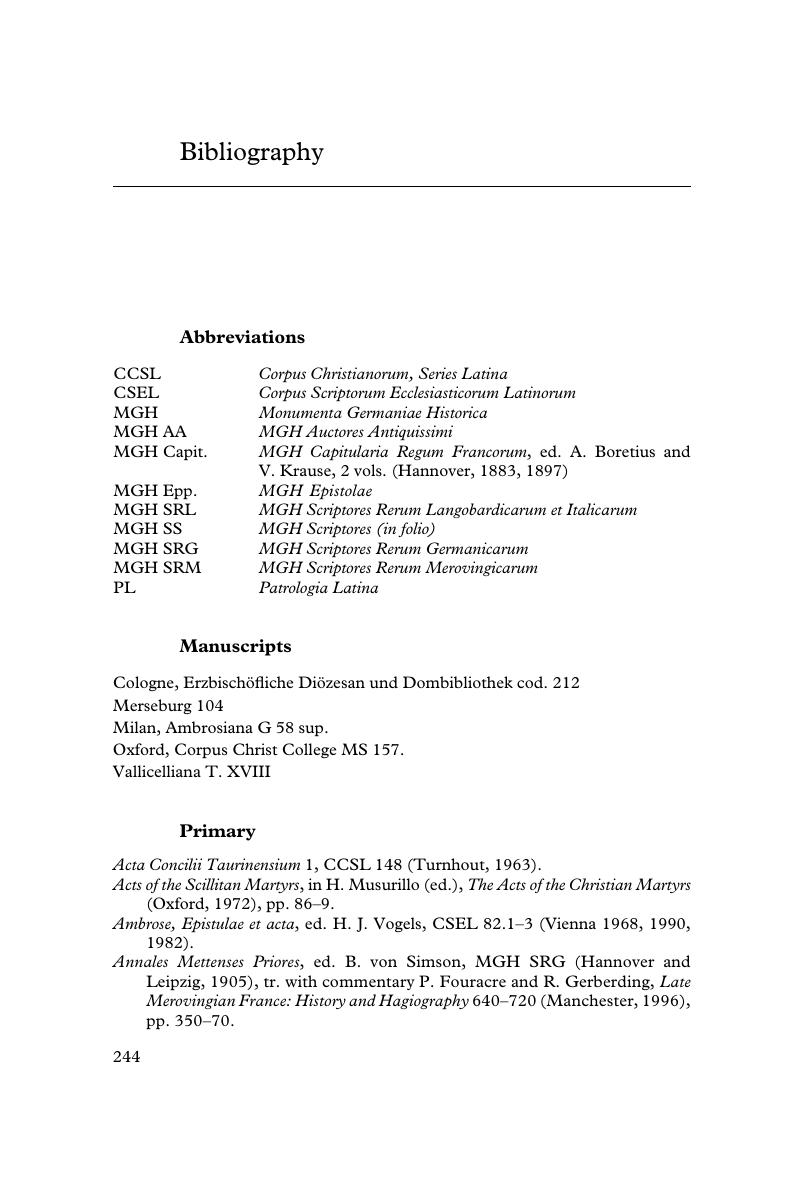Book contents
- Making Early Medieval Societies
- Making Early Medieval Societies
- Copyright page
- Dedication
- Contents
- Preface and acknowledgements
- Contributors
- Introduction: making early medieval societies
- 1 Property, power, and conflict: re-thinking the Constantinian revolution
- 2 Playing with fire: conflicting bishops in late Roman Spain and Gaul
- 3 After Rome, before Francia: religion, ethnicity, and identity politics in Gregory of Tours’Ten Books of Histories1
- 4 ‘To mistake gold for wealth’: the Venerable Bede and the fate of Northumbria1
- 5 The incidence of rebellion in the early medieval West
- 6 Disputes and documents in early medieval Italy
- 7 Divorce and remarriage between late antiquity and the early middle ages: canon law and conflict resolution
- 8 The memory of Gregory the Great and the making of Latin Europe, 600–1000
- 9 The weight of opinion: religion and the people of Europe from the tenth to the twelfth century1
- 10 ‘The peace in the feud’ revisited: feuds in the peace in medieval European feuds
- Bibliography
- Index
- References
Bibliography
Published online by Cambridge University Press: 05 January 2016
- Making Early Medieval Societies
- Making Early Medieval Societies
- Copyright page
- Dedication
- Contents
- Preface and acknowledgements
- Contributors
- Introduction: making early medieval societies
- 1 Property, power, and conflict: re-thinking the Constantinian revolution
- 2 Playing with fire: conflicting bishops in late Roman Spain and Gaul
- 3 After Rome, before Francia: religion, ethnicity, and identity politics in Gregory of Tours’Ten Books of Histories1
- 4 ‘To mistake gold for wealth’: the Venerable Bede and the fate of Northumbria1
- 5 The incidence of rebellion in the early medieval West
- 6 Disputes and documents in early medieval Italy
- 7 Divorce and remarriage between late antiquity and the early middle ages: canon law and conflict resolution
- 8 The memory of Gregory the Great and the making of Latin Europe, 600–1000
- 9 The weight of opinion: religion and the people of Europe from the tenth to the twelfth century1
- 10 ‘The peace in the feud’ revisited: feuds in the peace in medieval European feuds
- Bibliography
- Index
- References
Summary

- Type
- Chapter
- Information
- Making Early Medieval SocietiesConflict and Belonging in the Latin West, 300–1200, pp. 244 - 278Publisher: Cambridge University PressPrint publication year: 2016



